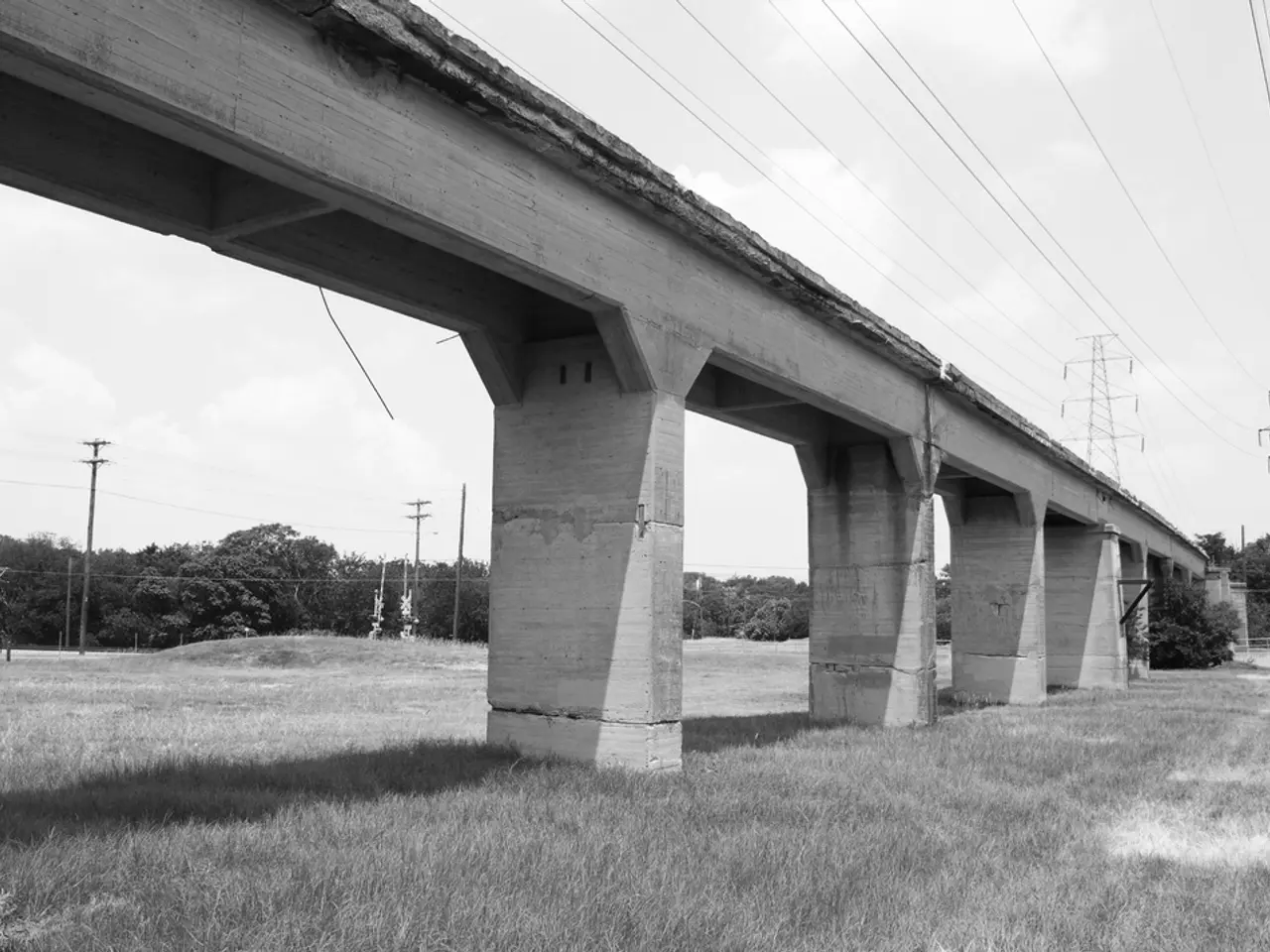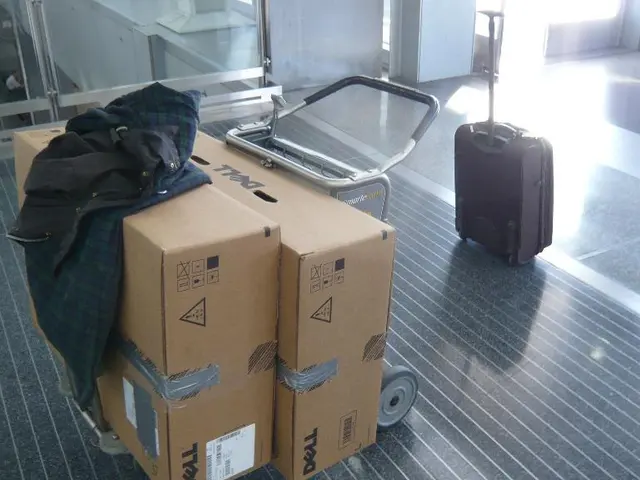Green Hydrogen Funding Increase: Large Amounts to be Disbursed - Government Body Requests Proposal for Environment Protection legislation
Saxony-Anhalt, a region in Eastern Germany, is making significant strides in the development of green hydrogen infrastructure and production. This advancement positions the region as a key player in the hydrogen economy, linking it to the broader European Hydrogen Backbone.
Infrastructure Development
The first section of the hydrogen core grid in Eastern Germany has been commissioned, with a 25-kilometre hydrogen transport pipeline now operational at the Bad Lauchstädt Energy Park (EBL). This connects an electrolyzer under construction with the TotalEnergies refinery in Leuna, marking an initial vital artery for the region’s hydrogen network.
A large electrolyzer facility near Magdeburg at Osterweddingen is also under construction, powered by renewable energy from a repowered wind farm project (Sonnenberg V). This project, involving strong regional stakeholder participation, exemplifies integrated renewable energy and hydrogen production.
Capacity Expansion and Production Plans
Enertrag SE, a leading player in the renewable energy sector, has acquired a site in Prenzlau for a hydrogen production plant with a 130 MW electrical connection. This project, part of a major European IPCEI-funded initiative (Hy2Infra), is expected to yield up to 12,500 tonnes of green hydrogen annually.
The state of Saxony-Anhalt aims to have 1,000 megawatts of electrolyzer capacity for green hydrogen production by 2030, a significant increase from the current 60 megawatts. Across Saxony-Anhalt and Germany overall, the goal is to substantially scale green hydrogen capacity, supported by investments and partnerships that blend onshore wind power with state-of-the-art electrolyzers.
Funding and Economic Support
There is strong financial commitment at both state and federal levels, including billions of USD invested between 2020-2024 and further funds earmarked through 2030. Programs include cross-subsidies, tax incentives, research grants, and guaranteed procurement systems to stabilize the hydrogen market.
Saxony-Anhalt's ongoing projects have received support despite challenges faced nationwide, reflecting a robust local commitment to green hydrogen development. This infrastructure and funding environment seek to create new jobs and economic value locally, especially supporting energy-intensive industries around Leuna and Magdeburg.
Energy and Environment Minister Armin Willingmann (SPD) presented a funding decision worth 4.3 million euros for another electrolyzer at the chemical company Linde, emphasizing the importance of hydrogen for Germany's industrial future. The Ministry of Energy launched a funding program worth 87 million euros from EU funds to support these initiatives.
In summary, Saxony-Anhalt is advancing green hydrogen production through major infrastructure projects such as hydrogen pipelines and electrolyzers powered by renewable energy, backed by significant funding and regional cooperation. The strategic development of hydrogen infrastructure and production capacities aims to integrate the region into the European hydrogen network and substantially expand green hydrogen output in the near future.
[1] European Hydrogen Backbone [2] Sonnenberg V Wind Farm [3] Hy2Infra Initiative [4] German Hydrogen and Fuel Cell Association [5] Saxony-Anhalt Ministry of Energy, Infrastructure, and Digitalisation
- The Community policy in Saxony-Anhalt includes financial commitments, such as billions of USD invested between 2020-2024 and further funds earmarked through 2030, for the development of green hydrogen infrastructure, supporting new jobs and economic value locally.
- The Employment policy in Saxony-Anhalt, as part of the regional strategy, aims to substantially expand green hydrogen output, creating opportunities within the renewable-energy and hydrogen industries, particularly around Leuna and Magdeburg.
- The integration of renewable-energy sources, such as wind power, with state-of-the-art electrolyzers, as demonstrated in projects like the Sonnenberg V Wind Farm and the Hy2Infra Initiative, contributes to the Environmental-science goals of reducing carbon emissions and promoting sustainable energy production.




